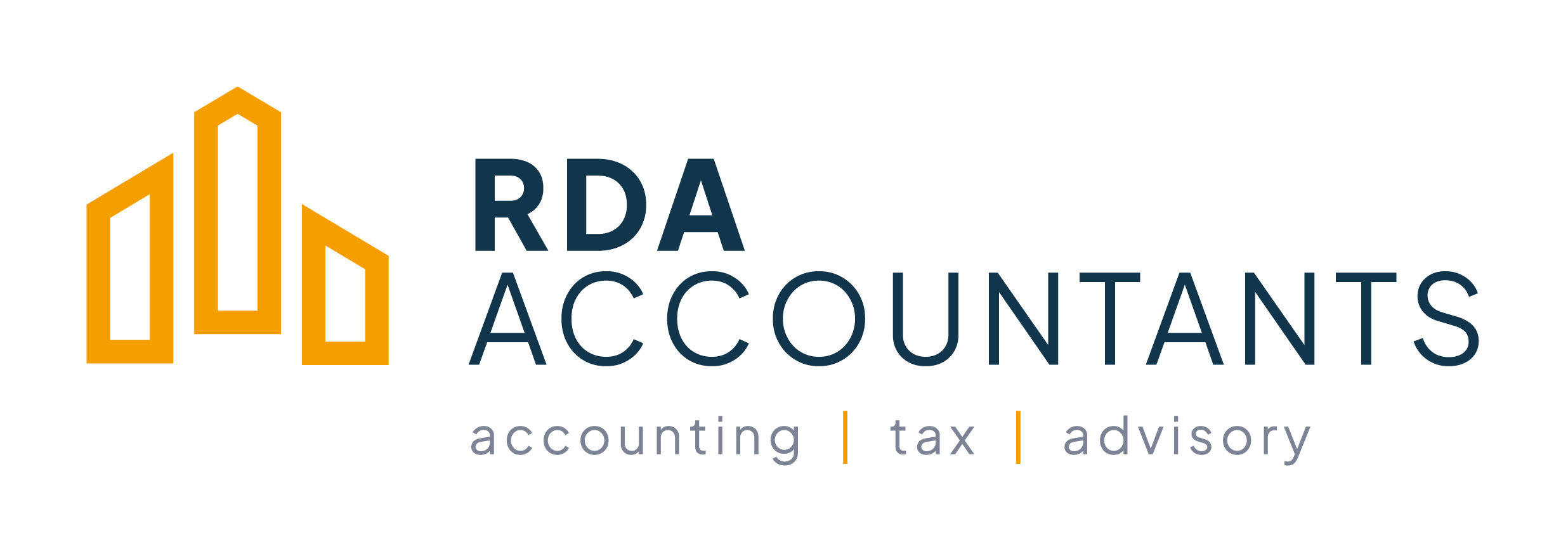I have heard that my family may be liable to inheritance tax in the event of my death. Is this true...
Reducing Inheritance Tax Anxiety
I am currently making my will and would like to understand what inheritance tax issues my son might face, should I will him my estate.
The amount of inheritance tax payable is largely dependent on the relationship between both parties and the nature of the assets being received. In your case your son may inherit up to €250,000 tax free but will have to pay inheritance tax of 30% of any amount over this threshold.
Strict time periods under which inheritance tax becomes payable can of course create a strain on a person’s ability to pay this tax as in many cases the individual may have to sell some of the assets inherited in order to pay the tax.
Depending on the nature of the assets involved, disposing of such assets may be quite difficult. In some instances loans have to be taken out in order to cover the tax liability, pending the sale of some of the assets.
A very simple example of inheritance tax liability in operation is:
A surviving parent passes away leaving the following assets to a single son or daughter, who has not lived in the family home for 20 years and intends selling it. The value of the assets is as follows:
-
Family Home worth €220,000
-
Holiday Home worth €185,000
-
Contents of the Homes € 35,000
-
Car € 5,000
-
Money on Deposit € 35,000
-
Total Value €480,000
The son or daughter can inherit the first €250,000 tax free. The balance of €230,000 (€480,000 - €230,000) is liable for inheritance tax at 30%.
As much of the assets received are in the form of property, the son or daughter would have to cover a substantial portion of the liability from their own cash savings or possibly seek to take out a loan to cover the liability.
If the person in receipt of the inheritance was a brother / sister / niece / nephew or grandchild, the total tax liability would be ever greater as the €250,000 threshold is reduced to €33,500
So, what can be done to alleviate an inheritance tax burden?
Some of these issues can be planned for in advance.
For example, a life insurance policy (Section 72 Policy) can be set up under trust for your beneficiaries. Such a policy will provide for a lump sum on death to your beneficiaries which can then be used to pay the tax liability. Provided the proceeds of the life policy are used to pay the tax liability, the proceeds of this life policy are not taxable when received by the beneficiary.
Also there are certain other reliefs and exemptions relating to Dwelling House Relief, Agricultural Relief and Business Relief which can be used to reduce the notional value of the asset being inherited in order to reduce the inheritance tax liability.
The ability to leave an inheritance to a family member is a wonderful gesture and one that would no doubt never be forgotten by those in receipt of it. With some sound financial planning and advice, the issue of inheritance tax can be planned for effectively.

